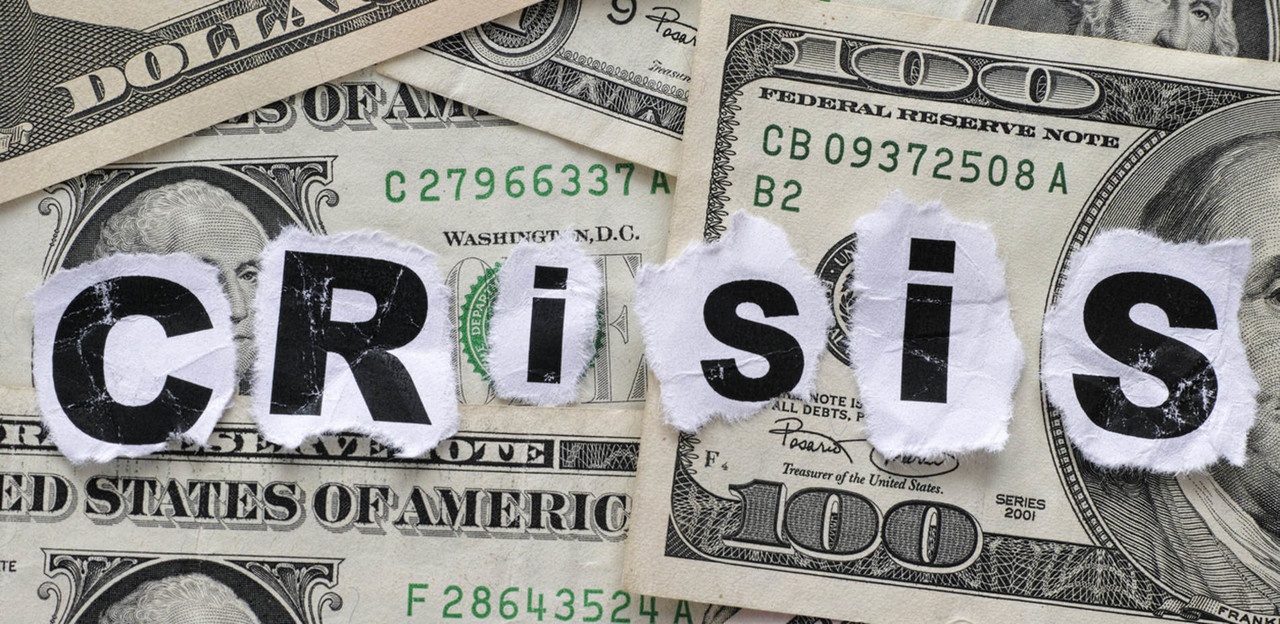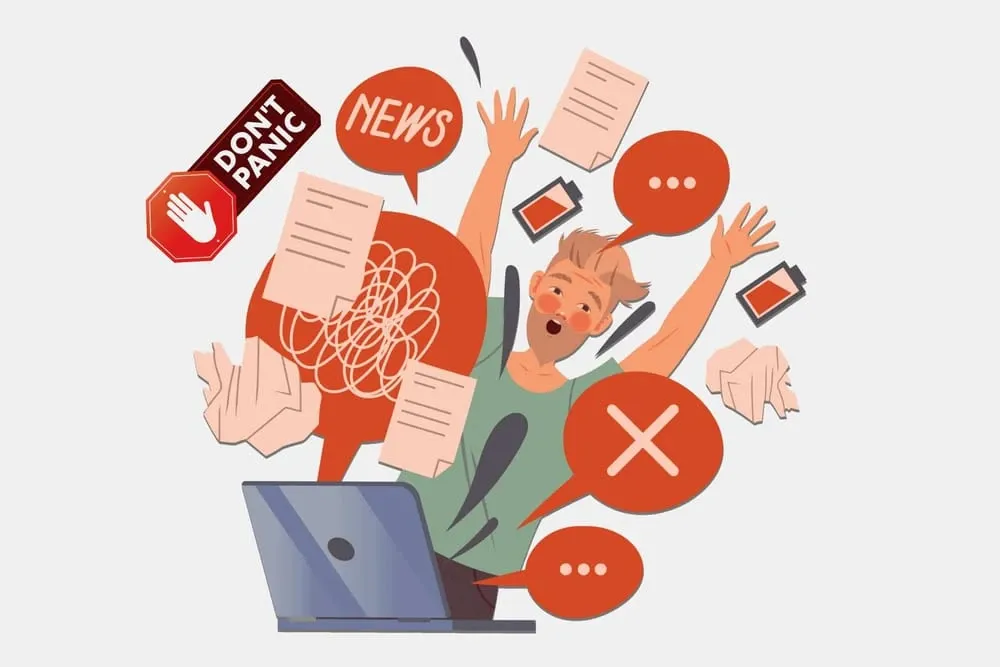In today’s hyper-connected digital world, a single misstep can spiral into a full-blown public relations nightmare within hours. Social media amplifies every mistake, customer complaints go viral instantly, and brand reputations built over decades can crumble overnight. Yet, some companies have mastered the art of crisis management, transforming potentially devastating situations into opportunities for growth, trust-building, and enhanced brand loyalty.
The difference between brands that emerge stronger from crises and those that suffer lasting damage lies not in avoiding problems altogether—that’s impossible—but in how they respond when trouble strikes. The most successful crisis management strategies share common elements: speed, transparency, authenticity, and a genuine commitment to making things right. These companies understand that in the age of social media, silence is not golden—it’s deadly.
From contaminated products to viral social media disasters, from manufacturing defects to advertising blunders, the brands featured in this blog faced situations that could have ended their market presence. Instead, they chose to meet their crises head-on with strategic communication, swift action, and unwavering commitment to their customers’ well-being. Their responses didn’t just save their reputations; they set new standards for corporate responsibility and crisis communication that continue to influence business practices today.
These real-world examples demonstrate that while crises are inevitable, catastrophic outcomes are not. The key lies in preparation, rapid response, and the courage to do what’s right, even when it’s costly.
The Gold Standard: Johnson & Johnson’s Tylenol Crisis Response

Johnson & Johnson’s handling of the 1982 Tylenol poisoning case remains the gold standard for crisis management in corporate history. When seven people died after consuming cyanide-laced Tylenol capsules, the company faced a nightmare scenario that threatened to destroy one of America’s most trusted brands.
Rather than downplaying the situation or shifting blame, Johnson & Johnson took immediate, decisive action. The company recalled 31 million bottles nationwide, halting production entirely and working closely with law enforcement authorities. This response cost the company over $100 million, but it demonstrated an unwavering commitment to consumer safety over short-term profits.
The company’s innovation didn’t stop at the recall. Johnson & Johnson introduced tamper-proof packaging, becoming the first in the industry to implement such safety measures. They launched an extensive public relations campaign that consistently emphasized consumer safety as their top priority, rebuilding trust through transparency and action rather than empty promises.
This proactive approach not only restored public trust but also set new industry standards for product safety and crisis response. The Tylenol brand recovered its market leadership position within a year, proving that consumers reward companies that prioritize their well-being over corporate interests.
Modern Digital Crisis Management: California Pizza Kitchen’s TikTok Triumph
In the summer of 2024, California Pizza Kitchen (CPK) faced a modern crisis when a dissatisfied customer’s TikTok video went viral. The customer had ordered mac and cheese but received only cheese, and when they called to complain, a CPK representative insisted the cheese-only order was correct—a response so absurd it sparked widespread ridicule.
Instead of issuing a standard corporate apology or press release, CPK demonstrated masterful understanding of digital crisis management. They met the criticism on its home turf: TikTok itself. The company created a response video featuring Chef Paul that was so perfectly executed and authentic that it transformed public sentiment entirely.
CPK’s response hit all the right notes for their audience: it was fast, fun, and delivered in the right format. Rather than crafting a week-long corporate response, they understood that social media crises require social media solutions. The company didn’t stop at the viral video—they surprised the original customer with free mac and cheese and pizza for an entire year.
This approach transformed a potential reputation disaster into a brand-building opportunity. The response showcased CPK’s personality, humor, and commitment to customer satisfaction, earning them new fans and demonstrating how brands can turn social media criticism into engagement opportunities.
Strategic Response Without Apology: Procter & Gamble’s Tide Pod Challenge

The Tide Pod challenge of 2017 presented Procter & Gamble with a crisis they couldn’t have predicted: teenagers were voluntarily consuming laundry detergent pods as part of a dangerous social media trend. The American Association of Poison Control Centers reported 220 cases of toxic exposure, creating a public health emergency linked to P&G’s product.
P&G’s response was swift and strategic, taking a multi-pronged approach that changed the conversation entirely. They responded on social media channels with messaging designed to make eating Tide Pods a mark of stupidity rather than bravery or entertainment. The company hired effective influencers, including New England Patriots tight end Rob Gronkowski, to amplify their safety message.
Notably, P&G did not apologize, having done nothing wrong, but instead focused on education and behavior change. Their fast response successfully ended the dangerous trend while protecting their brand reputation. This case demonstrates that effective crisis management sometimes means taking control of the narrative without accepting unwarranted blame.
Learning from Failure: Balenciaga’s Delayed Response Disaster
Not all crisis responses succeed, and Balenciaga’s handling of their 2022 teddy bear controversy illustrates the importance of swift, appropriate action. The luxury brand launched an advertising campaign featuring children holding teddy bears dressed in apparent bondage gear, sparking immediate outrage across social media.
Balenciaga’s initial response was disastrous: they denied responsibility and filed a lawsuit against the production company. Only after a week of intense backlash did they change course, with the CEO and creative director issuing public apologies and taking responsibility for the “grievous errors.”
The delayed response cost Balenciaga dearly. They lost approximately 100,000 Instagram followers, fell out of the Lyst Index’s top 10 fashion brands, and saw significant sales declines. This case demonstrates how failing to acknowledge responsibility promptly can cause irreparable damage to brand image.
Essential Elements of Successful Crisis Management

The most effective crisis management strategies share several key characteristics that distinguish successful responses from failures:
Speed is Critical: In the digital age, brands have hours, not days, to respond to crises. Johnson & Johnson’s immediate recall and CPK’s same-day TikTok response demonstrate the importance of rapid action.
Transparency Builds Trust: Successful brands don’t hide from their problems—they address them head-on with honest, clear communication. Attempting to deflect blame or minimize issues typically backfires in today’s transparent media environment.
Meet Audiences Where They Are: CPK’s success came from understanding that TikTok crises require TikTok solutions. Modern crisis management must consider platform-specific responses and audience expectations.
Action Speaks Louder Than Words: Empty apologies without concrete action fail to rebuild trust. Johnson & Johnson’s introduction of tamper-proof packaging and CPK’s generous customer compensation demonstrate commitment beyond words.
Know When Not to Apologize: P&G’s Tide Pod response shows that sometimes the appropriate strategy is education and behavior change rather than accepting blame for circumstances beyond the company’s control.
Conclusion: Crisis as Catalyst for Growth
These real-world examples prove that while crises are inevitable in business, devastating outcomes are not. The brands that emerge stronger from difficult situations share common traits: they respond quickly, communicate transparently, take appropriate responsibility, and implement meaningful changes to prevent future problems.
The most successful crisis management transforms challenges into opportunities for demonstrating company values, building customer loyalty, and establishing industry leadership. Johnson & Johnson didn’t just survive the Tylenol crisis—they set new safety standards that protected consumers industry-wide. CPK didn’t just address a customer complaint—they showcased their brand personality and won new fans.
In our interconnected world, every company will face crises. The question isn’t whether problems will arise, but how organizations will respond when they do. The brands featured here prove that with proper preparation, swift action, and genuine commitment to doing what’s right, even the most serious crises can become catalysts for growth, trust, and long-term success.

